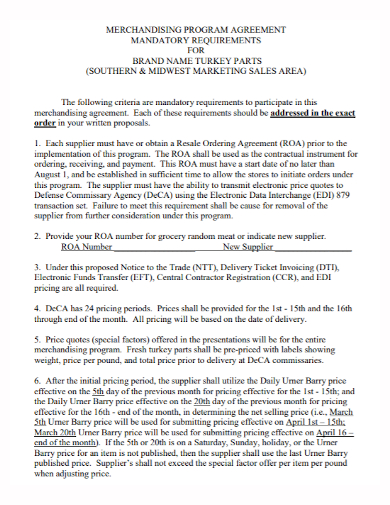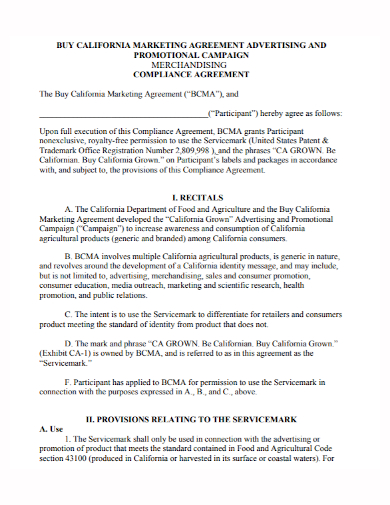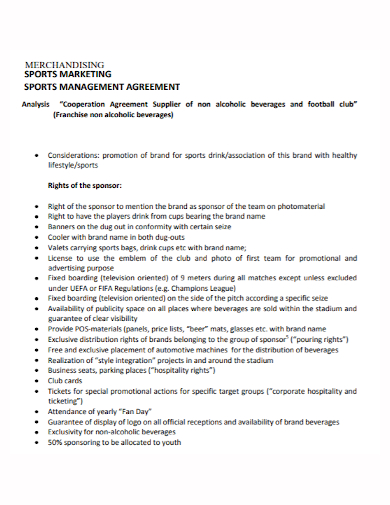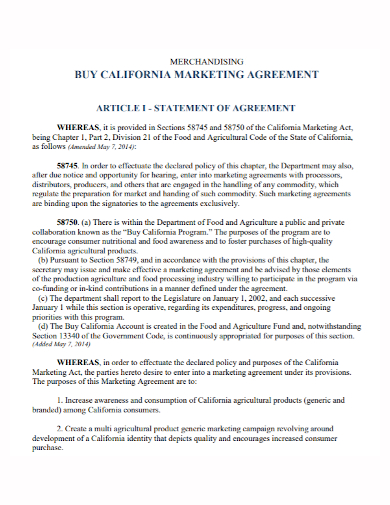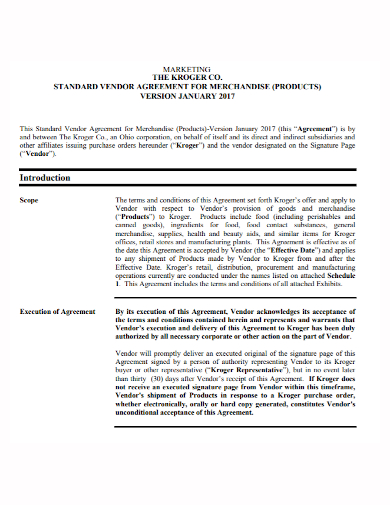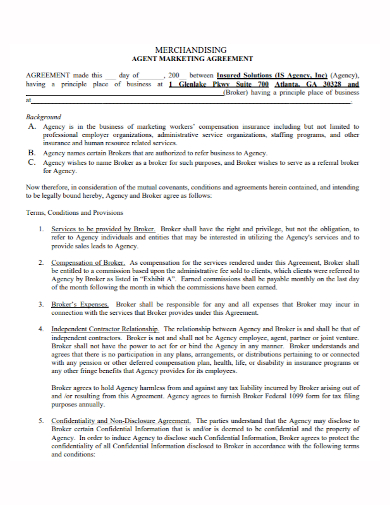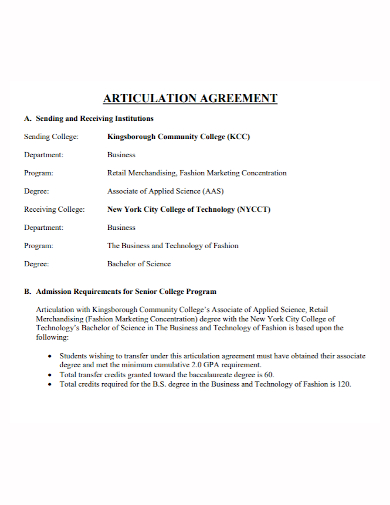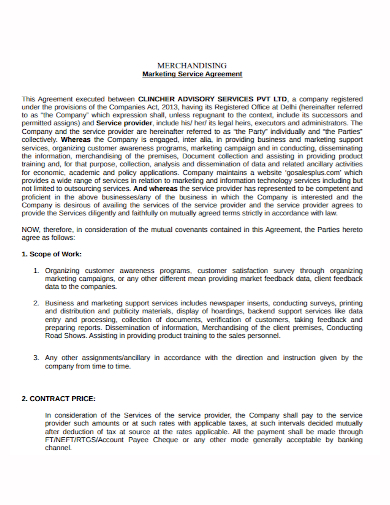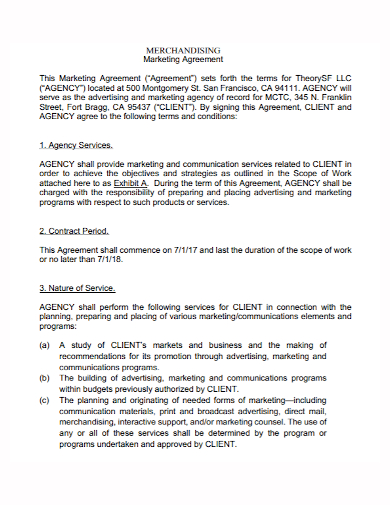Merchandising is a type of marketing that focuses on presenting products to customers when and where they are most likely to buy them. Marketing is a broad term that encompasses all types of advertising, including long-term brand awareness. Marketing and merchandising interact gracefully in a well-crafted marketing plan, with marketing laying the groundwork for the merchandising that leads customers to their final consumer choices.
10+ Merchandising and Marketing Agreement Samples
So far, we’ve used the term marketing several times to refer to defining and creating a sense of identity for your store’s brand. We’ve discussed how to create shelf talkers that act as silent salespeople, guiding customers toward specific products while also building long-term interest in your store. We’ve included information on directly selling products, or merchandising, in our marketing discussions, and we’ve required that our shelf talkers do both. While capable of doing both, it’s important to recognize that marketing and merchandising are two distinct concepts that should be considered separately when making decisions.
1. Merchandising and Marketing Agreement Template
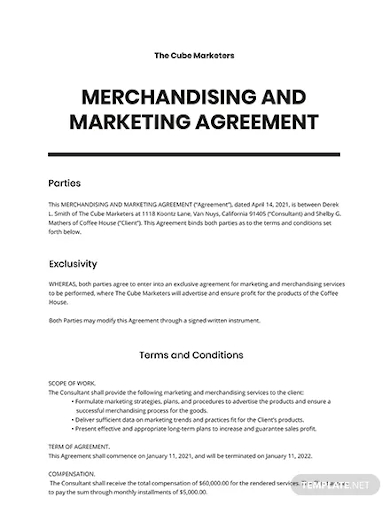
2. Merchandising Program and Marketing Agreement
3. Merchandising and Marketing Compliance Agreement
4. Merchandising and Marketing Retail Agreement
5. Merchandising Management and Marketing Agreement
6. Merchandising Buy and Marketing Agreement
7. Merchandising and Marketing Vendor Agreement
8. Merchandising Agent and Marketing Agreement
9. Merchandising and Marketing Articulation Agreement
10. Merchandising and Marketing Service Agreement
11. Client Merchandising and Marketing Agreement
Merchandising Agreement
A public-recognized character, mascot, or logo may be covered by a Merchandising Agreement. It could also be applied to software or other patented technology, such as a manufacturing process. You can define the roles and responsibilities of both parties, including who owns the rights to the item you’re licensing. You can specify the geographic areas where the product will be sold, the term length, and financial details like royalties or payments per unit sold. You might also want to include quality control parameters to make sure the new products are up to par. Because there’s always the possibility of a disagreement, you’ll want to plan ahead for conflict resolution.
If you need to use the Merchandising Agreement document, it’s because:
- You own the licensing rights to a product and want to license it to another company to manufacture it.
- You’re a retailer or a manufacturer who wants to produce or manufacture a product for distribution and sale.
Marketing Agreement
To comprehend what a marketing agreement is, we must first define a marketing professional’s role. A marketer assists customers by developing promotional materials for their goods and services. Brochures, websites, advertising, pamphlets, and sales letters are just a few of the marketing services available. A marketing agreement specifies the terms and conditions under which a marketer will assist clients with their marketing efforts.
Elements of Marketing Agreement
- Deliverables – This section of your contract lays out the specifics of what you’ll be delivering as part of your marketing service.
- Timeline – A project schedule specifies when each milestone will be completed. You could also specify the frequency of work if it’s ongoing.
- Ownership – When a client hires a marketing contractor to do work, it’s standard practice for the client to own all project assets. In the end, it comes down to trust, but it’s worth mentioning to give the client confidence that you won’t go off and do something nefarious with their money.
- Payment – The marketer will clarify their fees and payment terms in this section of the marketing agreement. The payment schedule is frequently aligned with the timeline for deliverables.
- Confidentiality – The marketer, the client, or both may request confidentiality for sensitive data, depending on the nature of the work.
- Termination – As much as we would like to believe that our business partnerships will last forever, the work will eventually come to an end. A valuable exercise to do upfront is to discuss and communicate all of the ways a party can discontinue the marketing agreement.
FAQs
How to start marketing?
Building your brand and creating a product that meets the needs of your customers are the first steps in marketing. It includes market research that begins before your product is even engineered and manufactured, as well as identifying your target market and incorporating features that will appeal to your target audience. Branding strategies, which use the product’s packaging and message to reinforce and clearly communicate its appeal to the most likely prospective customers, are part of a thoughtful and effective marketing plan. Packaging and advertising are opportunities to build on the product’s branding foundation, which began with its concept and design. Once these components are in place, a marketing strategy can be implemented at the merchandising stage, which involves presenting the product in a way that encourages customers to select and purchase it.
What are other names for merchandising agreement?
Other names for this document: Merchandising Contract, Merchandise License Agreement
Is merchandising and marketing in conflict?
One reason to think about these activities separately is that they can sometimes conflict with one another. While both marketing and merchandising have the same end goal of increasing product sales, one is more long-term and the other is more short-term. Choosing to highlight the book even if it is already selling well, for example, may help the store establish its identity in the long run. It’s critical to be aware of the possibility of a conflict between the two objectives and to choose wisely.
If you want to see more samples and formats, check out some merchandising and marketing agreement samples and templates provided in the article for your reference.
Related Posts
FREE 10+ Mentoring Agreement Samples In MS Word | Apple Pages | PDF
FREE 10+ Partner Agreement Samples In MS Word | Google Docs | Apple Pages | PDF
FREE 10+ Individual Agreement Samples In MS Word | Google Docs | Apple Pages | PDF
FREE 10+ Strategic Agreement Samples In MS Word | Google Docs | Apple Pages | PDF
FREE 10+ Equity Agreement Samples In MS Word | Google Docs | Apple Pages | PDF
FREE 10+ Producer Agreement Samples in MS Word | Apple Pages | PDF
FREE 10+ Grant Agreement Samples In MS Word | Apple Pages | PDF
FREE 8+ Meeting Agreement Samples in MS Word | Google Docs | Apple Pages | PDF
FREE 10+ Community Agreement Samples In MS Word | Google Docs | PDF
FREE 8+ Real Estate Option Agreement Samples in MS Word | PDF
FREE 10+ Call Option Agreement Samples In MS Word | PDF
FREE 10+ Advertising Agreement Samples In MS Word | Google Docs | Apple Pages | PDF
FREE 10+ Car Agreement Samples In MS Word | Google Docs | Apple Pages | PDF
FREE 10+ Horse Agreement Samples In MS Word | Apple Pages | PDF
FREE 10+ Option Agreement Samples In MS Word | Google Docs | Apple Pages | PDF

